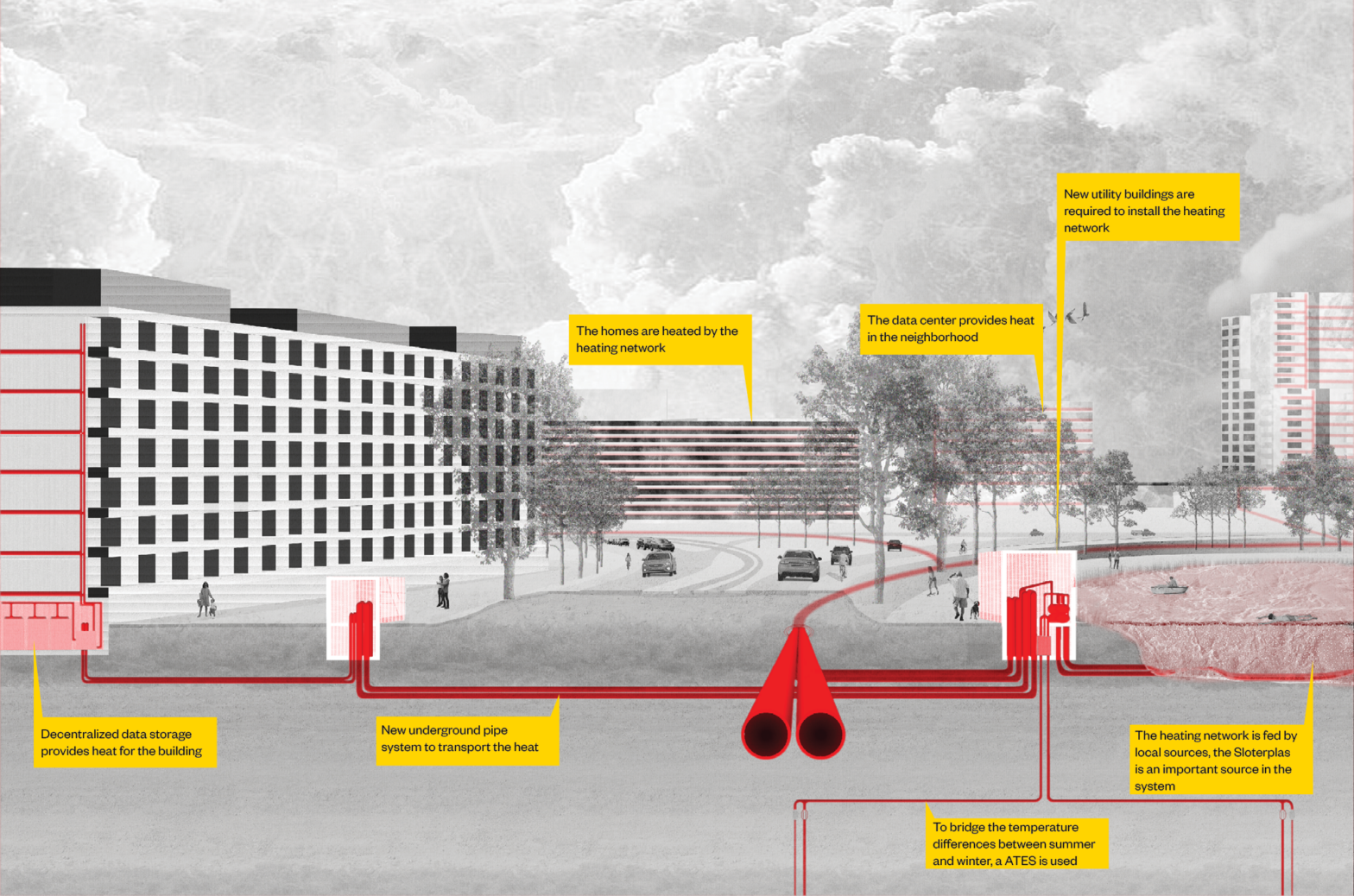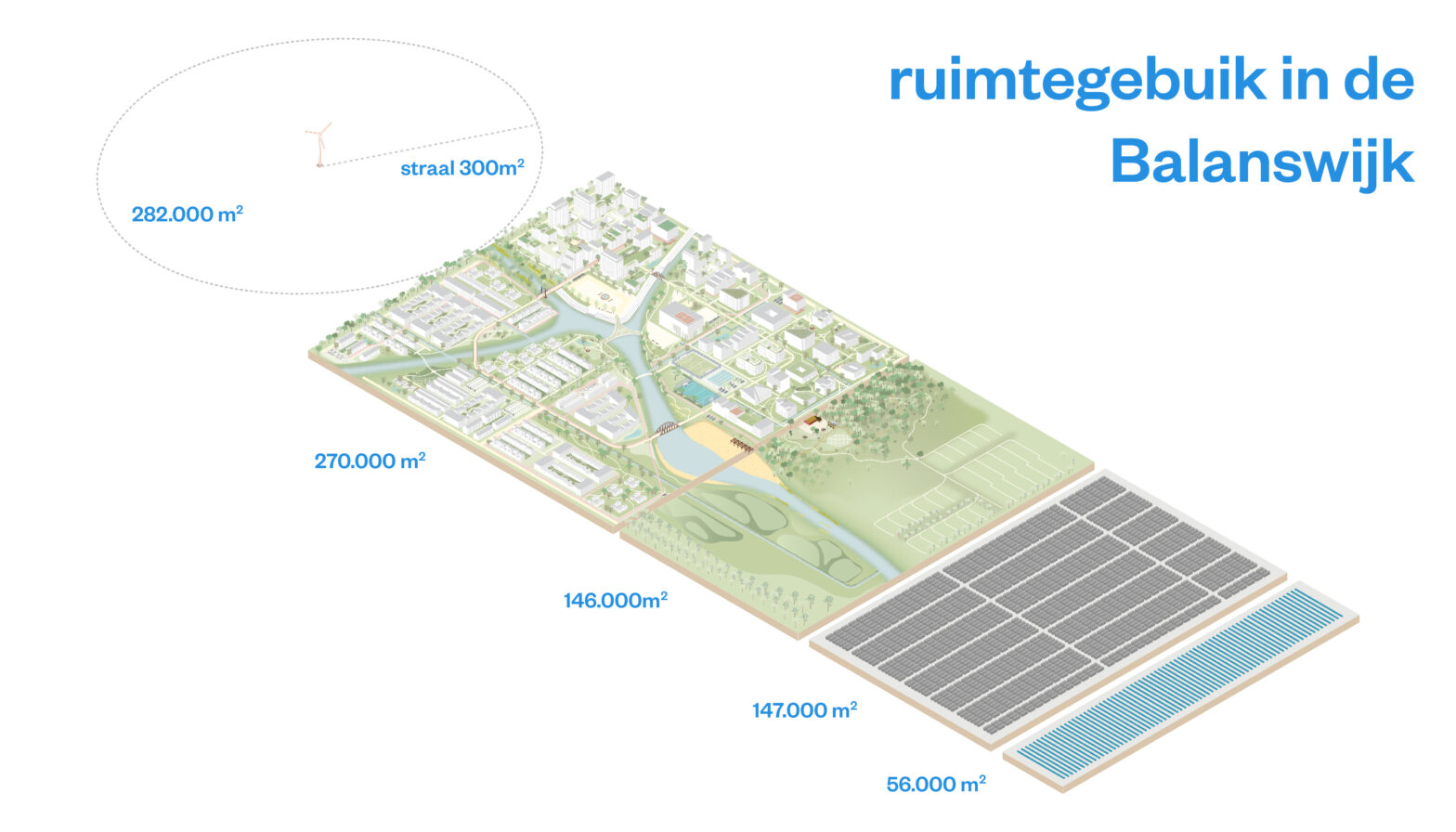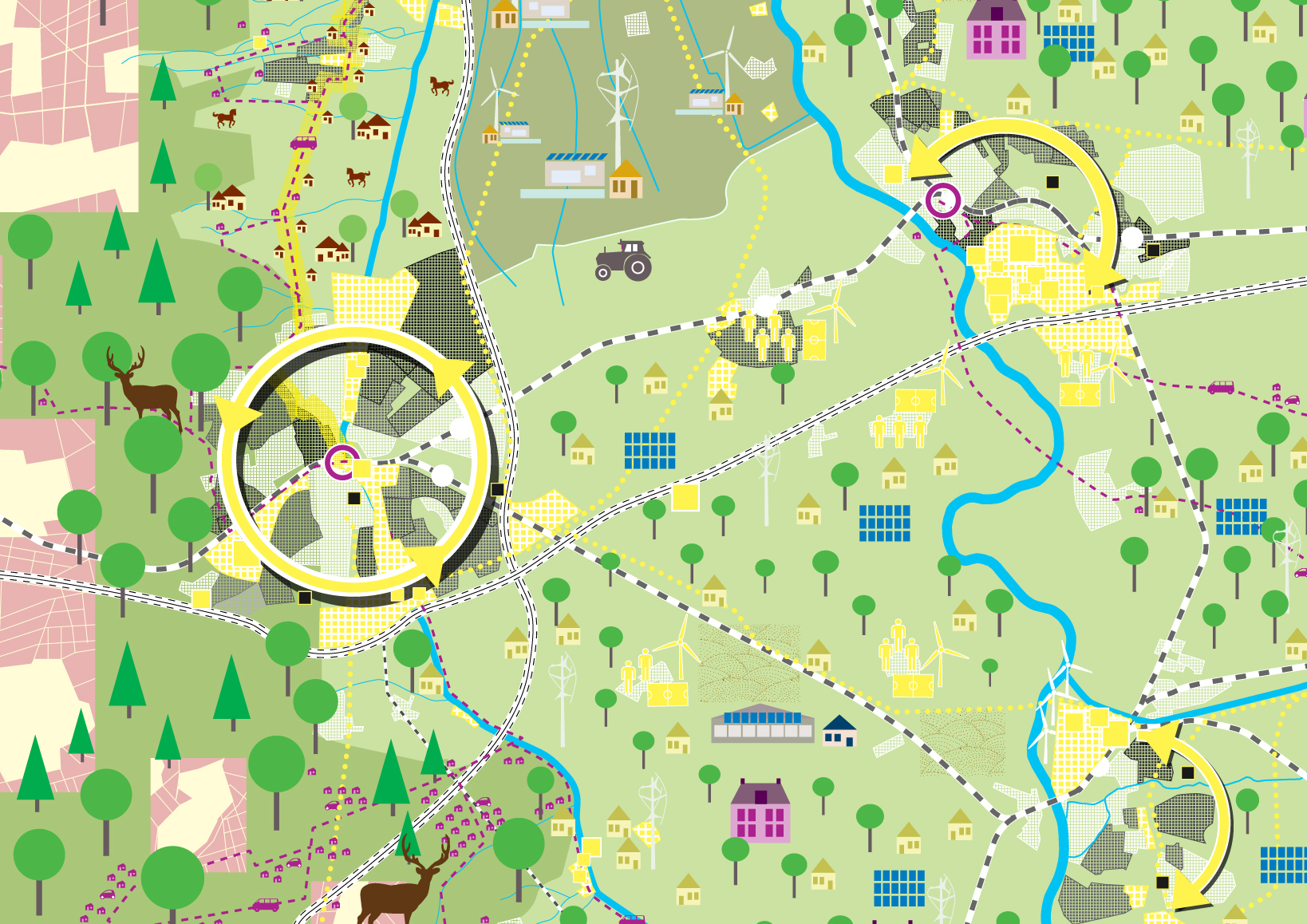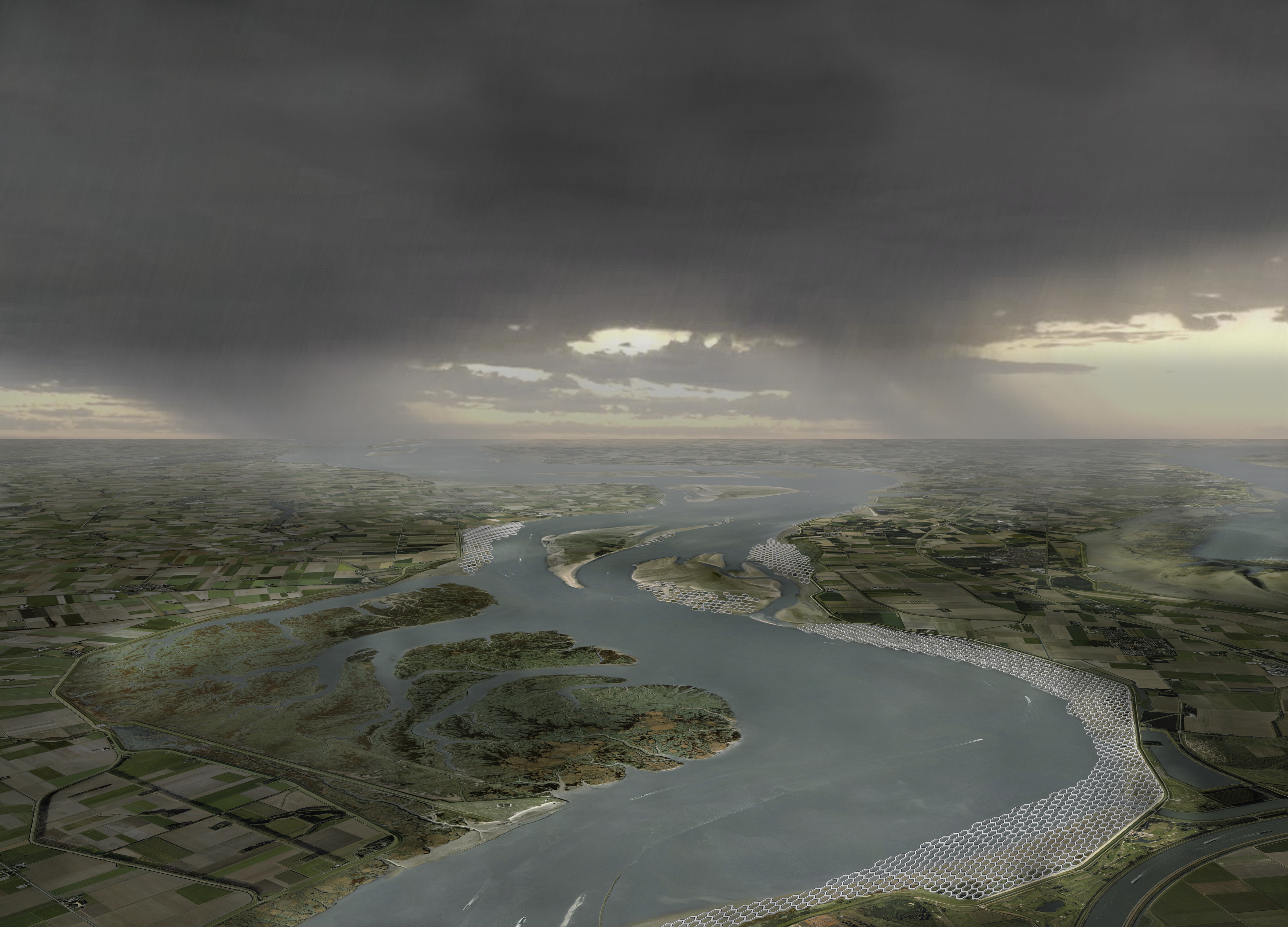Energetic Eerbeek
In the paper village of Eerbeek we see opportunities for a modern energy landscape. A new interpretation of heritage gives rise to a widely shared story about the meaning of energy.
New energy in an age-old landscape
The village of Eerbeek has two faces. The first one is already visible from afar: Three plumes of smoke appear on the horizon. Throughout the town the presence of a modern paper industry can be felt. It seems incredible that people live so close to this activity. However, residents report few disturbances, research shows. What is going on here? Almost three-quarters of the residents work in the paper factories and at related companies. The chimney has to smoke.



Behind this superficial explanation lies Eerbeek’s other face. The paper industry traces back four hundred years. The village owes its existence to a little stream which triggered the economic activities. Man-made sources feed the stream which has been adapted to extract as much energy as possible. Ponds at estates in the area are aesthetically pleasing but also serve as “wijers”: water batteries intended to collect water and fuel a series of paper, flour and oil mills. Forests on the Veluwe have been planted to retain the sand on the rugged plain and as a production forest for the paper mills. The landscape forms an interconnected system, intended to use all available energy. Humans have turned this area in a cultural landscape. Energy is in the DNA of this paper village.








Heritage under pressure
Today’s energy comes from gas fields in Groningen through pipelines. It is so cheap that the residual heat remains unused and is discharged in the river IJssel ten kilometer downstream. Water for the industrial process is pumped from the deep underground too. Historical links between landscape and industry have been severed. Apart from the large amount of freight traffic, the infrastructure of the paper industry has become invisible.
The stream has no more purpose for the modern industry. However, this historic productive landscape needs maintenance. The stream and sources silt up when not in use. The same applies to the built heritage. Without economic relevance the paper mills and their industrial heritage will vanish.


Old Stories, new energy
People recognize stories from the past in their surroundings. Everyone understands that Eerbeek owes its existence to the stream. These stories offer starting points for much needed future developments. Currently, an incredible amount of energy is used by the paper industry. This will have to change. We need to save energy, be more efficient and waste less, like in the old days.
The energy transition forms an opportunity to restore the energy landscape. Geothermal energy – an alternative to natural gas – offers sustainable, reliable and affordable energy to the paper industry. The residual heat can be used for new activities, recreation, agricultural cultivation and provide to residential areas. The conversation about energy moves away from costs and technology. After all, a terajoule doesn’t excite anyone. Eerbeek emphasizes the importance of a comprehensive understanding of energy, landscape, identity, comfort, and economy.
Eye on the future
This knowledge has been translated into designs for temporary installations. These installations show the opportunities for an improved surrounding, a new economy, and recreation. They offer alternative futures for residents and entrepreneurs, and form an additional reason for tourists to visit Eerbeek. Interventions in the public space provide a basis for a joint conversation about the larger challenges that are at play in Eerbeek. Residents, entrepreneurs and visitors, create a broad shared story about the meaning of energy.


Installations
A new interpretation makes heritage relevant for current day discussions, reconnecting various thematic layers to the landscape. Designers and heritage experts together offer culture as a language for important conversations about energy.






 Power to the People
Power to the People
 Balanswijk
Balanswijk
 Shifting gears
Shifting gears
 Stroom Westerschelde
Stroom Westerschelde